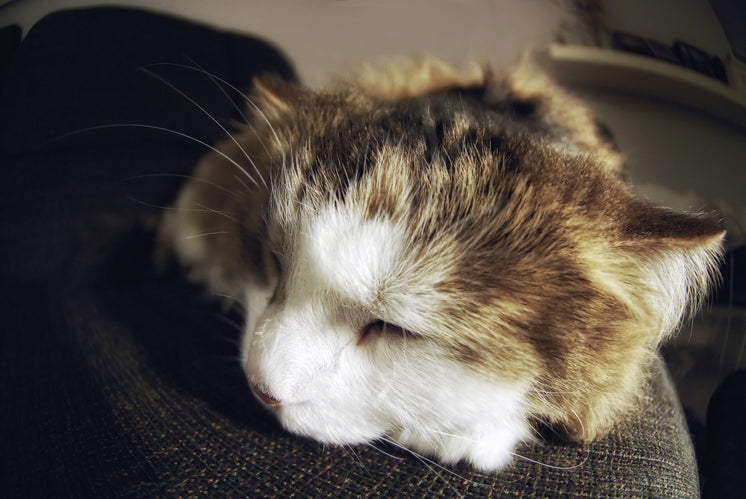Cultural Differences in Cat Litter Practices Around the World

Cat litter and litter boxes play a pivotal role in the lives of both felines and their owners. From the humble beginnings of sand and soil to the innovative improvements of today, the world of cat litter has developed substantially. In this thorough guide, we delve into every aspect of cat litter and litter boxes, exploring their history, types, benefits, difficulties, and whatever in between.
The history of cat litter go back centuries, with ancient civilizations utilizing sand, soil, and even ashes as primitive litter products. Nevertheless, it wasn't till the mid-20th century that modern-day cat litter as we understand it emerged. In 1947, Edward Lowe introduced the world's first industrial cat litter made from absorbent clay, reinventing the way cats relieved themselves inside your home. Ever since, cat litter has actually gone through many improvements, with the intro of clumping litter, silica gel litter, eco-friendly alternatives, and more.
Today, feline owners are ruined for option when it concerns picking the best litter for their feline buddies. Conventional clay litter remains popular for its affordability and effectiveness in absorbing smells. Clumping litter, which forms strong clumps when wet, streamlines cleaning and maintenance. Silica gel litter, composed of highly absorbent silica crystals, uses remarkable smell control and durability. Naturally degradable choices, such as recycled paper, wood pellets, corn, and wheat, appeal to ecologically mindful consumers.
Each type of cat litter offers unique benefits. Clay litter stands out in its ability to absorb moisture and control smells, making it a dependable choice for lots of feline owners. Clumping litter simplifies daily scooping and extends the time in between total litter changes. Silica gel litter provides extraordinary smell control and can last longer between replacements. Biodegradable litters use a sustainable alternative that reduces environmental effect.
While cat litter improves indoor feline hygiene, it is not without its obstacles. Dust from clay litter can present respiratory threats for both felines and human beings, prompting the popularity of dust-free options. Some cats might establish litter box aversion due to concerns with texture, fragrance, or tidiness, necessitating experimentation with various litters and box setups. Multi-cat homes may need strategic litter box positioning and regular maintenance to avoid territorial disputes and make sure all cats have access to clean centers.
Choosing the appropriate litter box is necessary for promoting favorable litter box practices cat litter box self cleaning and overall feline wellness. Factors to think about include size, ease of access, and design choices. Covered litter boxes provide personal privacy and help consist of odors, however some felines may discover them confining or daunting. Open-top litter boxes offer easy gain access to and exposure however may result in more litter scatter. Automatic self-cleaning litter boxes streamline maintenance however require routine monitoring and upkeep.
Appropriate litter box upkeep is essential for making sure a clean and inviting environment for both felines and their owners. Daily scooping removes waste without delay, reducing smell and preventing litter box aversion. Regular litter replacement, normally every 1-2 weeks, prevents bacterial accumulation and keeps optimal absorbency. Comprehensive cleansing with moderate detergent and water, avoiding extreme chemicals automatic cat litter box that may Pine Pellet Cat Litter discourage felines from utilizing the box, must be carried out monthly.
Cat litter and litter boxes play a central role in promoting a healthy and harmonious relationship between felines and their human buddies. With a diverse selection of litter options and litter box designs offered, feline owners have the versatility to customize their choices to suit their cats' preferences and home requirements. By comprehending the advancement, types, benefits, and obstacles of cat litter and litter boxes, family pet owners can provide their feline buddies with a comfortable and sanitary indoor environment.